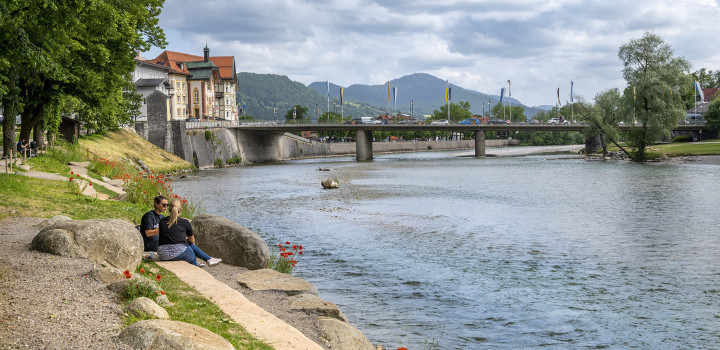A new understanding of a location can develop based on knowledge of its history. Looking back at the past forms the basis for the future design of an open space.
Examining the history of a location makes us as landscape architects people “who understand time” and holds diverse potentials for the present and future. Besides a scholarly reappraisal of the history of a location’s evolution, taking stock of and analyzing what already exists involves in particular assessing it from the perspective of historic garden restoration. With our designs, we do not want to merely preserve or reconstruct the existing inventory, but also to develop something new from the old that corresponds to people’s current requirements. Transforming the historical dimension of a location creates sustainable open spaces with an identity-forming effect.




































